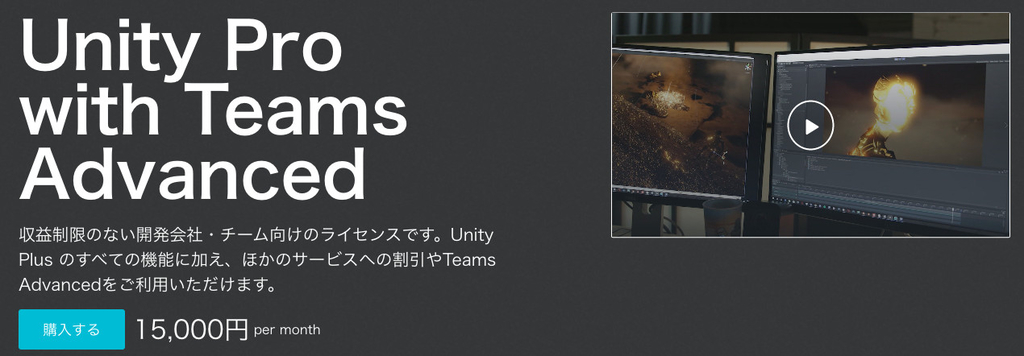
Telerik XR Complete provides easy to setup assets aiming to speed up the Extended Reality development process. When choosing the product, you will benefit from the following:
• Assets created with cross-platform development in mind
Enable reuse of common application logic among different XR platforms and seamless integration with various plugins within the Unity XR Plug-in Management.
• Independent from vendor specific assets
Support for Oculus Quest 2 hand tracking without the need to install the Oculus Integration asset from the Asset Store.
• Feature-richness and quality as top priorities
More than 18 years of experience in crafting developer tools and components for various platforms and technologies applied for the AR and VR ecosystems.
• Award-winning support
Your success is our mission, and our technical support team will do their best to help you advance your project forward.
Installation
There are two ways to install and use Telerik’s Assets:
• Import the whole Telerik XR Complete package from the Unity Asset Store directly in your project assets folder.
• Download the assets in some shared location and then reuse them in several projects by referencing them as packages using Unity Package Manager.
More information on both approaches may be found in the installation article on Telerik’s online documentation.
Documentation
You may follow this link to Telerik online documentation. If you prefer the offline version you will be able to find it in the root Telerik folder as a PDF file with the full Telerik XR documentation. Additionally, each of the packages subfolders contains a ZIP archive with package specific markdown documentation which is a subset of the PDF version. Extracting this archive will create a "Documentation~" folder which is special Unity folder name and will not be visible in the Unity editor. The file to begin from in every "Documentation~" folder is named "index.md". Using the internal links you will be able to reach the rest of the files such as installation, getting started, running demos and specific features documentation articles.
Features
Telerik XR Complete is structured in several subfolders organized by common functionalities. Detailed information on all the features may be found on the online documentation. Following is the list of subfolders with brief description of the most important features.
XR Core
Folder containing common classes, interfaces and prefabs that provide the mechanisms for cross-platform XR development.
• Tracking Space – a prefab, providing universal structure for managing the current state of the XR nodes such as head position, hands position, fingers, and controller buttons.
• XR Rig – a prefab, responsible for managing the communication between different XR functionalities including camera, input, gestures, etc.
• Unity Input – a prefab, responsible for updating the XR Rig Tracking Space using Unity’s cross-platform input for button states, hand, and head positions.
• IXRRigNode – an interface, providing common mechanism for implementing new XR features that are being synchronized as children of the XR Rig.
• PointersController – a class providing logic for managing the activation state of several common XR pointers for different interaction types (teleportation, laser interactions and touch interactions).
XR Motions
Folder providing customizable and easy-to-setup scene navigation functionalities.
• Nav Mesh Path Finding – allows easy setup of the movable area, based on Unity’s built-in AI functionalities.
• Smooth locomotion – continuous movement in a specified direction with a specified speed.
• Teleportation curve – discrete movement to a chosen target position with a specified view rotation.
• Turn around motion – for turning the camera around without having to move in the actual world.
• Locomotion Destination – allowing to snap the teleportation curve to specific points in the scene which further define the target view direction.
• Camera effects – tunnel vision and fadeout effects that help reducing the motion sickness during XR motions.
• Locomotion settings – for customizing the speed and the effects of different movement features.
XR Interactions
Folder providing assets for easy-to-setup interactions with hands and controllers.
• Gestures – several predefined gestures showcasing our cross-platform gestures mechanism based on the Tracking Space from XR Core.
• Skinned hand – a quality-built hand model that can be used both for controller interactions, and for hand tracking.
• Controller pointer – easy-to-setup laser interactions that work both for scene elements and for canvas UI.
• Hand pointer – functionality allowing distant UI and 3D objects interactions using hand tracking.
• Finger pointer – functionality allowing close UI and 3D objects interactions using the fingers of the virtual XR hand.
• Controller layout – button tooltips that may be used to show the action controls in your application to the user.
• Oculus Hand Tracking – a prefab, responsible for updating the Tracking Space fingers using hand tracking input from an Oculus device. This functionality is integrated with the Oculus XR Plugin from the Unity XR Plug-in Management and does not require the Oculus Integration Asset.
XR CanvasUI
Folder providing high quality UI controls that are using custom shader for vector-like rendering.
• IconMSDF – a class, allowing for rendering an icon resource in a vector-like manner using custom shader with Multi-channel Signed Distant Field calculations.
• Unity UI with MSDF – prefabs based on Unity’s built-in UI elements which have additional MSDF rendering for smooth appearance in AR and VR, regardless of how close the UI is to the user. These prefabs include button, dropdown, input field, scrollview, slider and toggle.
• Keyboard – a keyboard prefab that can be easily integrated with other canvas UI elements and can be positioned based on the currently focused input field.
XR Integration
Folder providing several prefabs and demo scenes that showcase the integration between all the Telerik functionalities.
• XR Rig Complete – a prefab allowing for quick setup of a scene with all the Telerik features, including all predefined gestures and button interactions.
• Telerik XR Complete Demo – a sample scene showcasing most of the features that are available in Telerik XR Complete asset.
Demos
There are two ways to run the demos:
• Locate some of the subfolders called “Demos” and run the sample scenes. Scenes that showcase hand tracking for Oculus Quest may need to be built and deployed to a device in order to get better understanding of the sample setup.
• Import the samples in your project using from each package Samples section within Unity’s Package Manager. With this approach you may safely extend the sample scene without worrying about modifying the original Telerik package.
More detailed instructions may be found in the running demos article on Telerik’s online documentation.
Requirements
You can build AR/VR applications with Telerik UI for Unity XR by using the Oculus XR Plugin which may be installed from the XR Plug-in Management section in the Unity Project Settings. Telerik XR tooling DOES NOT depend on the Oculus Integration Asset so you are NOT REQUIRED to download it from the Asset Store. This version of Telerik XR Complete is compatible with the following Unity versions, platforms, and render pipelines:
• Unity 2020.3
• Windows and Android platforms
• Built-in render pipeline
Other Telerik Assets
Telerik XR Complete is the solution that provides the full set of VR Controls currently available. If, for some reason, you need just a subset of the available features, then you may consider purchasing one of the following smaller assets from the Asset Store:
• Telerik XR Motions – includes XR Motions and XR Core packages.
• Telerik XR Interactions – includes XR Interactions and XR Core packages.
• Telerik XR CanvasUI – includes XR CanvasUI and XR Core packages.
Note that the XR Integration package is included only if you purchase the full Telerik XR Complete.






